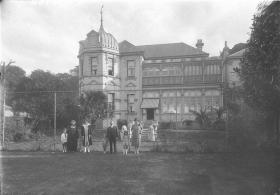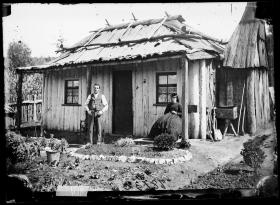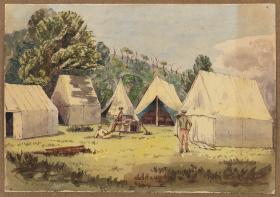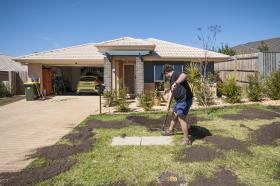People live in places: homes
NSW Syllabus for the Australian Curriculum Geography K – 10
GEe 1 identifies places and develops an understanding of the importance of places to people
GEe 2 communicates geographical information and uses geographical tools
Students:
- investigate the importance of places they live in and belong to, for example:
- identification of places they live in and belong to (ACHGK002, ACHGK004)
- discussion of why places are special and how people care for them
- explanation of why people need to take care of places
Acquiring geographical information
- pose questions and make observations (ACHGS001)
- record geographical data and information (ACHGS002)
Processing geographical information
- represent data using charts or graphs (ACHGS003)
- draw conclusions based on discussions of observations (ACHGS004)
Communicating geographical information
- present information (ACHGS005)
- reflect on their learning (ACHGS006)
Place: the significance of places and what they are like e.g. places students live in and belong to and why they are important.
Space: the significance of location and spatial distribution, and ways people organise and manage the spaces that we live in e.g. location of a place in relation to other familiar places.
Environment: the significance of the environment in human life, and the important interrelationships
Learning across the curriculum
- Sustainability
- Literacy
- Difference and diversity
What are places like?
What makes a place special?
How can we look after the places we live in?
Student Activities
Homes
Students discuss what a home is and what it encompasses, ie the dwelling, its surroundings, its contents, its occupants.

Are all homes the same?
Students collectively observe images of dwellings. Use the ‘Observe’ and ‘Interpret’ questions to guide student observations and interpretations.

Homes and people
Compare the photos. What is a home? Why is it special? How do people care for their home?

My home
Students draw a picture of their home or take a photograph of it and identify themselves in their special place at home.

Caring for my home
Students share how they care for their home. Through a discussion students explain why people need to take care of their homes and places that are special to them.

Activity: Teachers notes
Engagement and questioning - Discuss what a home is and what it encompasses, i.e. the dwelling, its surroundings, its contents, its occupants and formulate questions for the geographical inquiry.
Visual representations – Students collectively observe images of dwellings (Sources 1-8). Use the ‘Observe’ and ‘Interpret’ questions to guide student observations and interpretations.
Fieldwork – Take students into the school playground to observe the variety of homes near the school. Take photographs to record observations. Students also bring a photograph of their own home.
Processing information - Compare the photos. What is a home? Why is it special? How to people care for their home? What is similar about each of these homes? Make a list.
Word bank: door, garden, home, live in, people, roof, walls, windows, yard, cleaning, garbage, family, gardening, mowing, privacy, putting away, safety, shelter, raking, sweeping, washing
Representing information - My home
Draw your home or paste in a photo of it. Write or draw what you like to do at home.
Draw yourself in your special place at home. Write or draw how you care for your home.
Communicating – Caring for my home
Students share how they care for their home. Through a discussion students explain why people need to take care of their homes and places that are special to them.
Using a video recording app such as Adobe Voice or PicPlayPost, students present their images from Activity 3 and explain how and why they care for their home and special places.
Recommended reading
- Home by Carson Ellis
- Home by Jeannie Baker
- Big Rain Coming by Katrina Germein and Bronwyn Bancroft